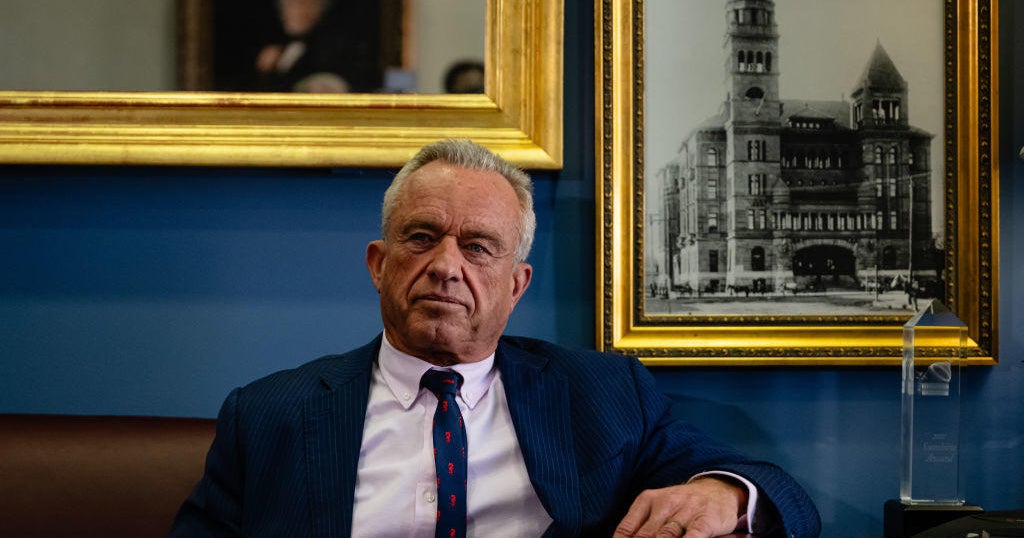Gold futures closed lower on Monday, January 27, 2025. Investors kept a close eye on the upcoming Federal Reserve meeting. The Fed will likely maintain current interest rates, a scenario that typically dampens gold’s appeal.
Weak Chinese economic data also fueled worries about the country’s demand for the precious metal. February gold futures fell 1.46% to $2,738.40 per ounce on the Comex division of the New York Mercantile Exchange.
This decline reflects the market’s cautious stance ahead of key economic events. The Fed‘s decision to hold rates steady could make gold less attractive to investors seeking higher yields.
Analysts at SP Angel point out that steady interest rates reduce gold’s allure. Gold generates no yield, making it less competitive when interest rates remain high. The possibility of new trade tariffs could strengthen the U.S. dollar.
A stronger dollar often decreases demand for gold, which investors traditionally use as a hedge against economic uncertainty. Capital Economics suggests that the gold price drop may also signal a shift in investor focus.
Some market participants now see more potential in silver for the coming years. Silver’s growing use in non-cyclical sectors and its limited supply increase its appeal.
Gold Prices Under Pressure
This change in sentiment puts pressure on gold prices, especially when its safe-haven status holds less sway. China’s recent economic data has added to the downward pressure on gold prices.
The country’s PMI and industrial profit figures fell short of investor expectations. These disappointing numbers have renewed concerns about China’s economic recovery and its potential impact on gold demand.
The gold market now faces a complex set of factors influencing its price. Investors must weigh the Fed’s monetary policy, shifting market preferences, and global economic indicators.
As the week progresses, market participants will closely monitor these developments and their impact on gold prices. This current dip in gold prices highlights the metal’s sensitivity to global economic conditions.
It also underscores the importance of diversification in investment strategies. As markets evolve, investors continue to seek the right balance between risk and potential returns across various asset classes.

 By The Rio Times | Created at 2025-01-27 22:38:09 | Updated at 2025-02-01 00:05:13
4 days ago
By The Rio Times | Created at 2025-01-27 22:38:09 | Updated at 2025-02-01 00:05:13
4 days ago








